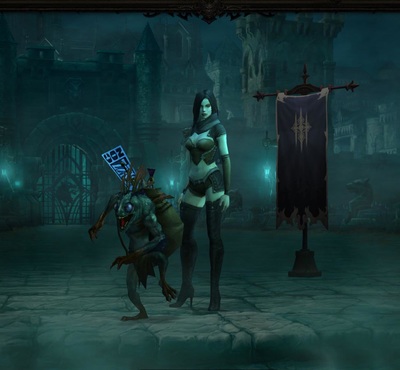


The companions contribute, at the characters command. Wolfe attacks the target…target dies, Wolfe continues…perhaps even eating said target.Īttack the target I engage with…player then casts a spell at a target…Wolfe sits there watching for his master to engage a target… Attack that guy, until it’s down, then go to that target till down, then that target… How the creature responds to the command is up to the interpretation of the GM…and they will continue doing that command until told otherwise.Īttack that target… Wolfe attacks the target…target dies, Wolfe continues…perhaps even eating said target. Not an NPC but a creature controlled by the GM at the PCs whim.Įach command is an action of the players. I haven’t had to deal with it…but I love pet classes in video games…same way. they would simply work together in a group. if the Shepard used his dino as a mount i allowed for him to move FAR and still have the single action.Īs for players with multiple companions (necromancers skeletons) perhaps you could roll with the skeletons to act as a group together, and simply give more bonuses if they add more skelemen to the mob? that way you would still treat the mob of skeletons as one singular token, allowing for the double move/ single action model, but still reward them for being able to summon multiples.

this allowed for both tokens to move smoothly across the board, but reduce the action economy in a way that made it more fair to the rest of the table. basically, they both moved and either the Shepard took their action to do whatever they wanted or he commanded his Dinosaur to do one of several actions we deemed he would have trained it to do (such as head butt, leap, intimidate, etc.). i also allowed the companion to move FAR on their move since it was a swift dinosaur. The way that i ran animal companions in my recent game was to allow for both to have a move, but only one shared action between them.


 0 kommentar(er)
0 kommentar(er)
